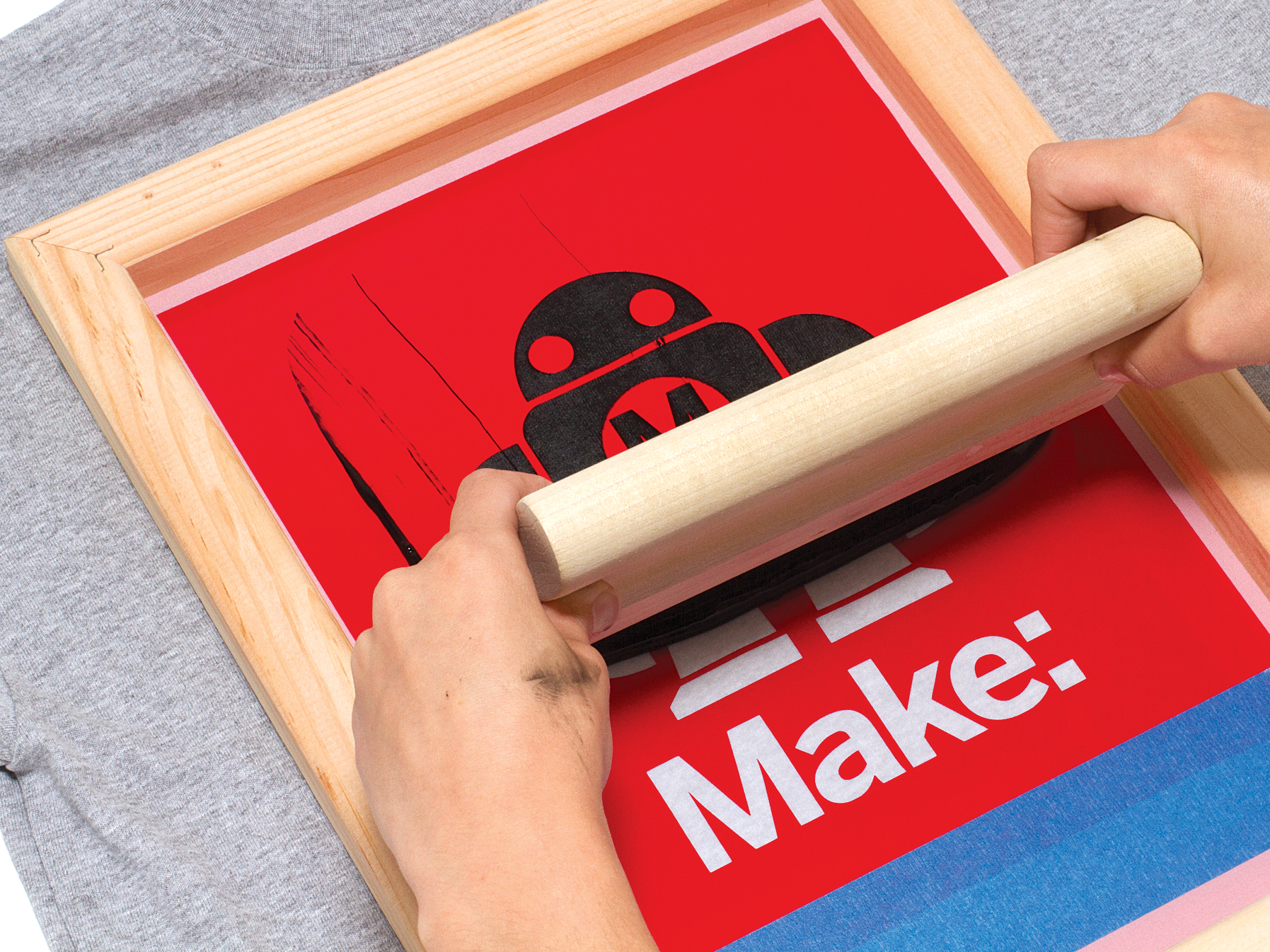The Necessary Guide to Recognizing Screen Printing and Its Versatile Utilizes
Screen printing has a rich background that dates back to old times, developing right into a sophisticated strategy utilized throughout various sectors today. This guide discovers the complexities of the screen printing procedure, detailing its applications in home, advertising and marketing, and fashion style - 10:9 Design Abilene. Comprehending these principles can open up innovative possibility for both business and artistic tasks. The following sections will certainly disclose essential suggestions and strategies to boost one's screen printing endeavors
The History of Screen Printing
Although screen printing has origins that map back centuries, its evolution reflects the creative and technical advancements of various cultures. Coming from in ancient China, the strategy was originally made use of for enhancing fabrics and later infect Japan, where it came to be essential to Ukiyo-e woodblock printing. The technique moved to Europe in the 18th century, where it got popularity amongst artisans and industrial printers. The innovation of photo emulsion in the 20th century reinvented screen printing, allowing for even more detailed layouts and greater effectiveness. Artists like Andy Warhol better drove its appeal, making use of the medium to create renowned works that combined commercialism and great art. By the late 20th century, screen printing had actually established itself as a versatile technique, employed in style, advertising, and great art. Today, it continues to progress, integrating electronic modern technology and broadening its applications across various sectors.
The Screen Printing Process Explained
Screen printing transforms imaginative visions into concrete layouts through a collection of precise steps. A photo is created and then moved onto a screen, generally made of fine mesh material stretched over a framework. A light-sensitive emulsion is put on the screen, which is exposed to light, solidifying in areas not covered by the photo. After rinsing the unhardened solution, a pattern is created.
Next off, the screen is placed over the substrate, whether it be fabric, paper, or one more product. Ink is then pressed via the open locations of the stencil making use of a squeegee, depositing the layout onto the substrate listed below. This procedure can be repeated for numerous colors, needing different screens for each and every hue. Ultimately, the printed thing is cured utilizing warmth to guarantee the ink sticks effectively, causing a durable, dynamic layout ready for use.
Kinds of Screen Printing Techniques

Additionally, specialized methods, such as discharge screen printing, remove color from the fabric to develop softer prints, while foil screen printing applies metal foil to attain a shiny coating (10:9 go right here Design Abilene). Each strategy uses distinctive features, satisfying numerous innovative demands and production ranges, ultimately increasing the possibilities within the screen printing domain
Applications of Screen Printing in Different Industries

Additionally, the signage and advertising and marketing industries use screen printing for creating captivating displays and banners. This technique permits vibrant colors and complex layouts that record attention. In electronics, screen printing is utilized for using conductive inks to circuit boards, vital for element links. The home decoration market welcomes screen printing to generate distinct layouts on fabrics and wall surface art. Overall, screen printing works as a vital tool across diverse fields, reference improving products with customized and visually attractive graphics.
Tips for Successful Screen Printing Projects
While carrying out a screen printing job, cautious attention to detail can considerably enhance the final outcome. Choosing premium materials is vital; this includes the screen, inks, and substrates. Making use of ideal mesh matters can impact ink deposition and detail resolution. Prep work is just as crucial; complete cleaning of screens and correct direct exposure times ensure crisp prints.
Next, exact enrollment is vital for multi-color prints. Utilizing placement devices can assist achieve specific layering. Furthermore, testing prints on scrap products prior to production aids determine potential concerns without throwing away sources.

Often Asked Concerns
What Materials Are Finest for Screen Printing on Material?
Cotton and polyester blends are optimal for screen printing on material due to their sturdiness and ink absorption. Furthermore, specialty fabrics like silk or canvas can produce one-of-a-kind appearances and coatings, improving the general design quality.
How Do I Tidy and Maintain Screen Printing Tools?
To clean up and preserve screen printing tools, one must frequently wash screens with ideal solvents, check squeegees for wear, lubricate relocating parts, and store all things in a completely dry, dust-free environment to lengthen their life expectancy.
What Are the Environmental Impacts of Screen Printing?
Screen printing can have substantial ecological impacts, including chemical waste from solvents and inks, water usage throughout cleaning processes, and power consumption. Lasting methods and environmentally friendly materials are necessary for reducing these negative effects.
Can Screen Printing Be Done in the house Efficiently?
Screen printing can be effectively done at home with the ideal materials and methods. Hobbyists can produce top quality prints, though success depends upon their ability level, tools, and understanding of the process included.
What Are the Prices Related To Beginning a Screen Printing Service?

Starting a screen printing organization involves costs for devices, products, and work space. First expenses usually vary from a couple of hundred to numerous thousand bucks, depending on the scale, quality of machinery, and preferred manufacturing ability.
Screen printing has an abundant background that dates back to old times, advancing into a sophisticated technique used across various markets today. One more method, rotary screen printing, utilizes cylindrical screens, helping with constant printing on material rolls, thus improving effectiveness for massive productions. Additionally, specialty techniques, such as discharge screen printing, remove color from the textile to Visit Website develop softer prints, while aluminum foil screen printing applies metallic foil to achieve a glossy coating. In the style market, screen printing is commonly used to develop dynamic designs on apparel, making it possible for brand names to showcase their distinct styles. Cotton and polyester blends are ideal for screen printing on textile due to their longevity and ink absorption.